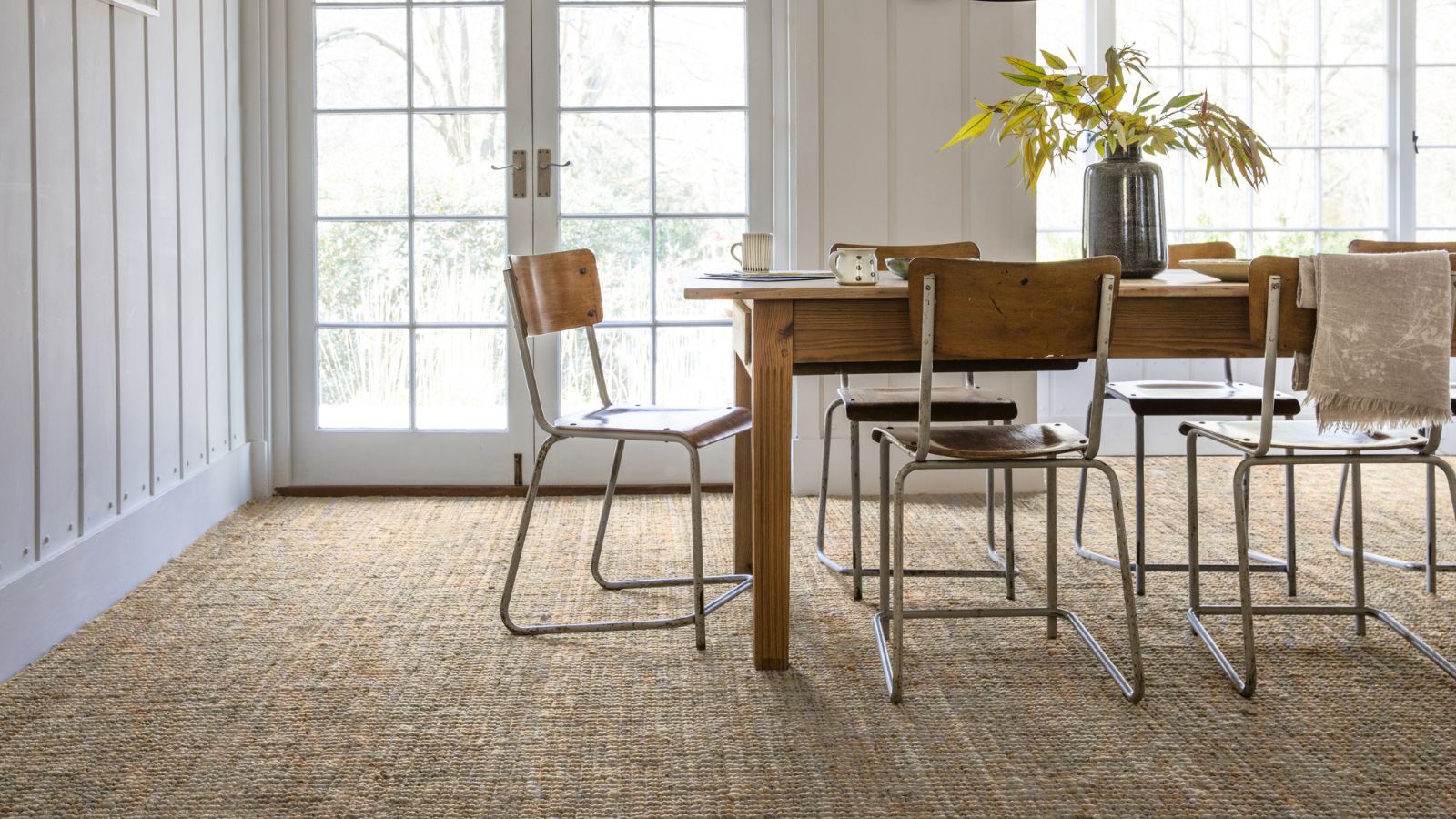This is how to match your skirting boards to your interior style according to the experts
Learn how to match your skirting board to your interior style, with expert advice on getting proportions, profiles and finishes just right for your home
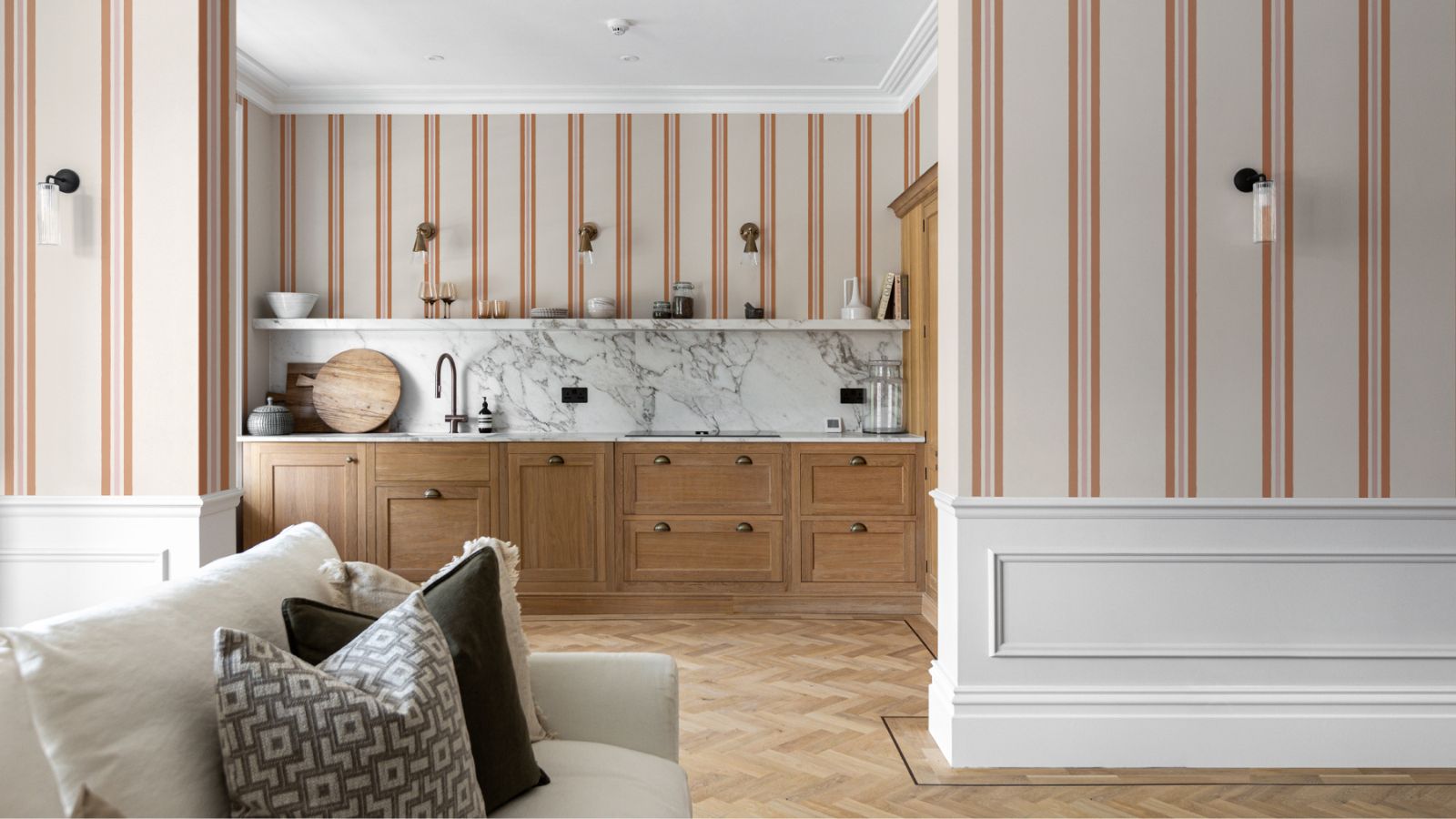
Does anyone walk into a decorating shop excited about skirting boards? Paint colours, yes. Tiles, definitely. Even door handles get their moment. But those unassuming strips of timber that run along the base of the wall? They’re usually an afterthought, chosen at the last minute with a quick, “just something simple, please.”
Yet much like a good frame completes a painting, the right skirting board ideas have the potential to pull a room together. Get it wrong and it can throw off the proportions or jar with your home’s character. Get it right and it anchors the space beautifully, bridging floor and wall with purpose.
From the decorative ogee profiles of Victorian terraces to the crisp, square-edged designs in modern homes, skirting boards tell a story about the era they belong to. So how do you match yours to your interior style? We asked designers and craftspeople for their expert advice.
Victorian, Georgian and Edwardian homes
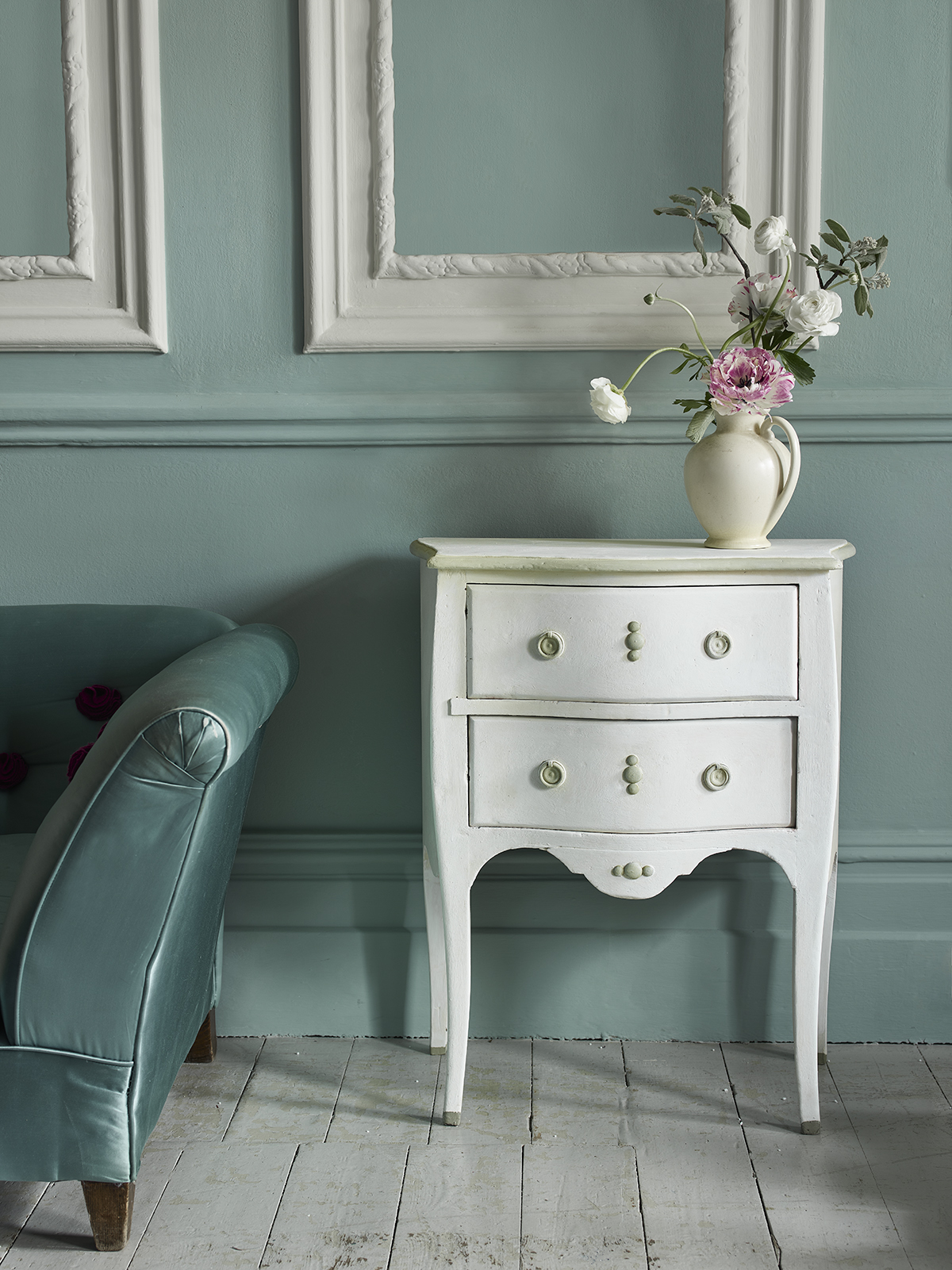
Victorian, Edwardian and Georgian style properties all typically boast high ceilings, generous windows and decorative mouldings. If you’re lucky enough to live in one, pay attention to your skirting boards. They can help define the architecture, echo the room’s proportions and tie together all those beautiful period details.
“In Victorian hallways and living spaces, ogee or torus profiles around 150 to 200mm high fit perfectly,” says Scott Godfrey, professional carpenter at Blackhammer. “They echo the decorative details of the period and balance tall ceilings and deep architraves.”
Gareth Davies, design director at Classic Interiors, agrees, adding that ornate profiles like ogee or egg-and-dart give the space a sense of grandeur, while Edwardian interiors benefit from something slightly simpler. “They’re still tall, but with gentler curves and less detailing to suit their lighter, more elegant feel,” he explains.
Top tip: When it comes to finishes, these period styles lend themselves beautifully to colour. For a fresh take, consider painting skirting boards in a darker or tonal shade against lighter walls. It’s a trick designers use to frame a room and add depth to interiors.
Bring your dream home to life with expert advice, how to guides and design inspiration. Sign up for our newsletter and get two free tickets to a Homebuilding & Renovating Show near you.

Scott Godfrey of Black Hammer is a master craftsman with over 20 years of experience in carpentry and joinery. His impressive portfolio includes bespoke projects from fully-fitted kitchens and shelving to leading large-scale ventures such as luxury home builds and extensive renovations.

Gareth Davies, Design Director at Classic Interiors, is a seasoned expert in architectural and interior design harmony, offering unique insights into skirting solutions and alternatives informed by his 20 years of industry experience.
Period style skirting boards

This tall Georgian skirting is frequently used in traditional and classic interior designs, but can complement almost all styles of interior.
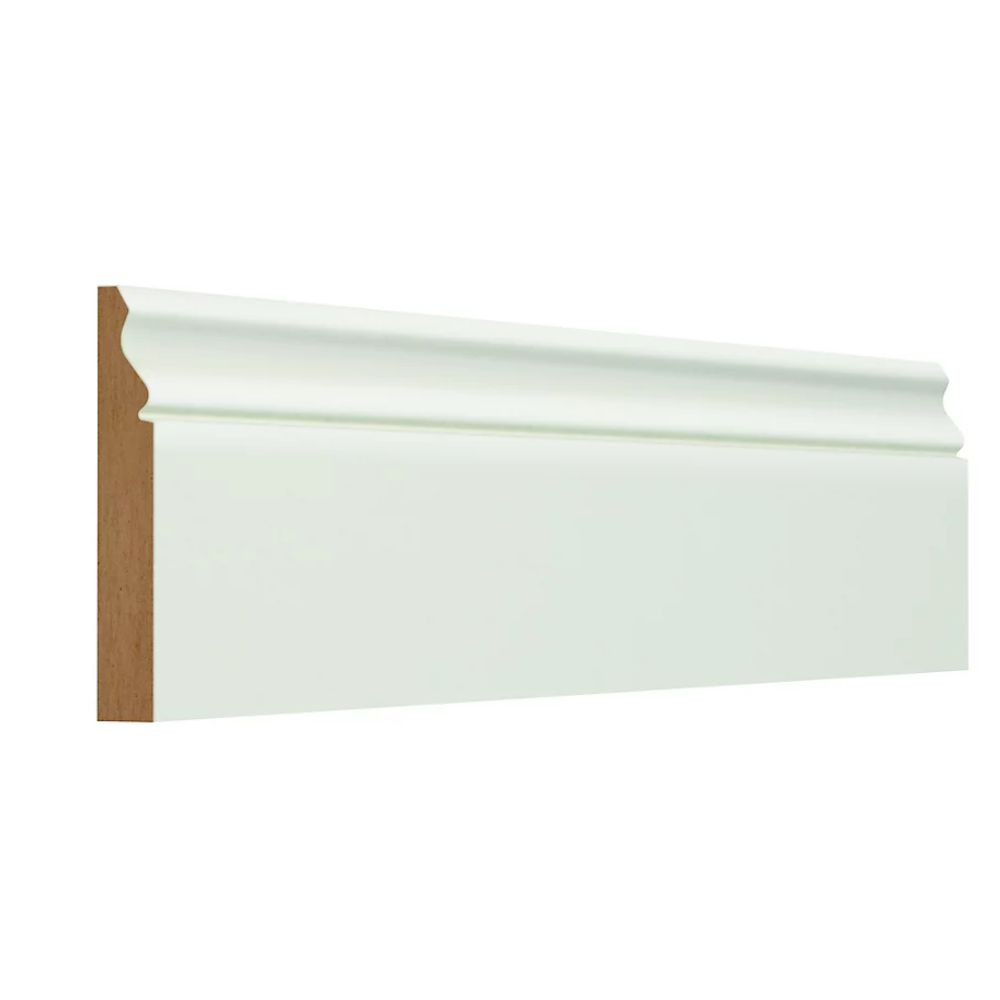
This easy-to-install skirting board features a classic Victorian ogee design.
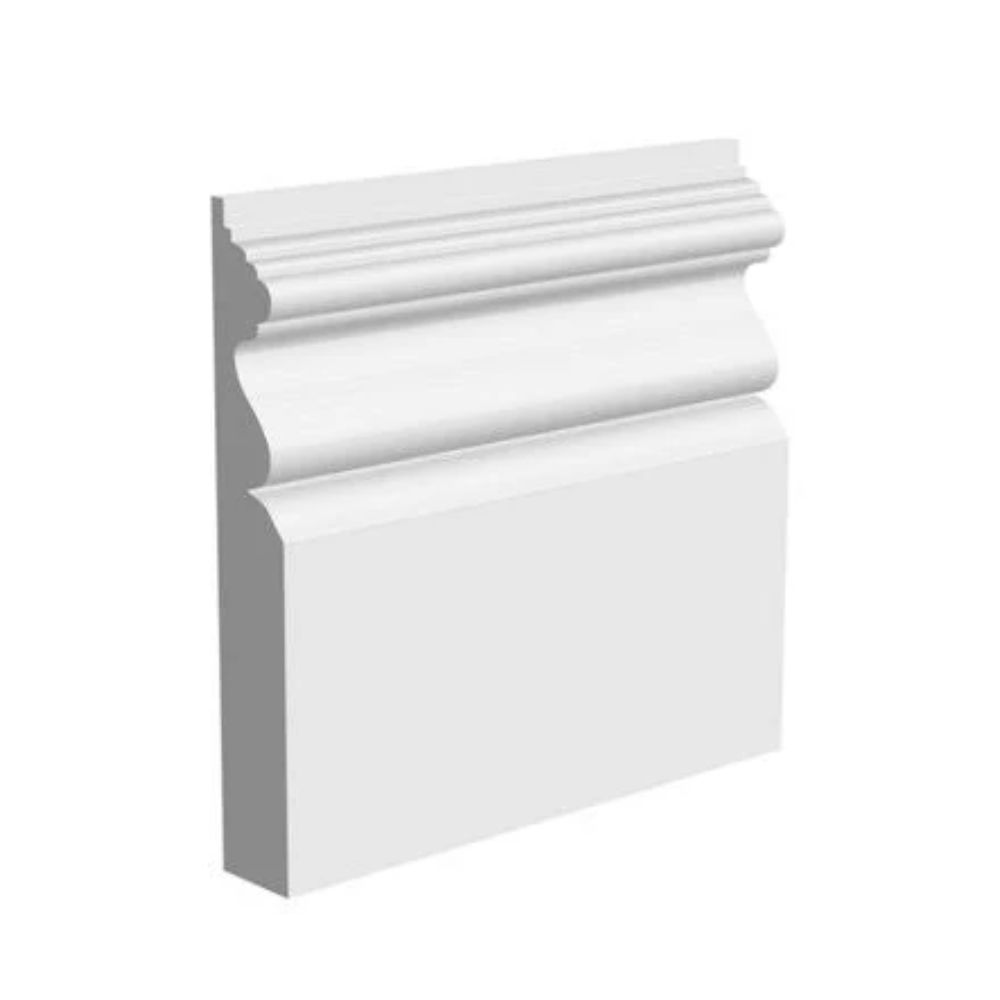
This ornate Victorian style skirting is available in an unprimed MDF, primed white MDF and also in a real wood oak, walnut or Pine.
Arts & Crafts and mid-century homes
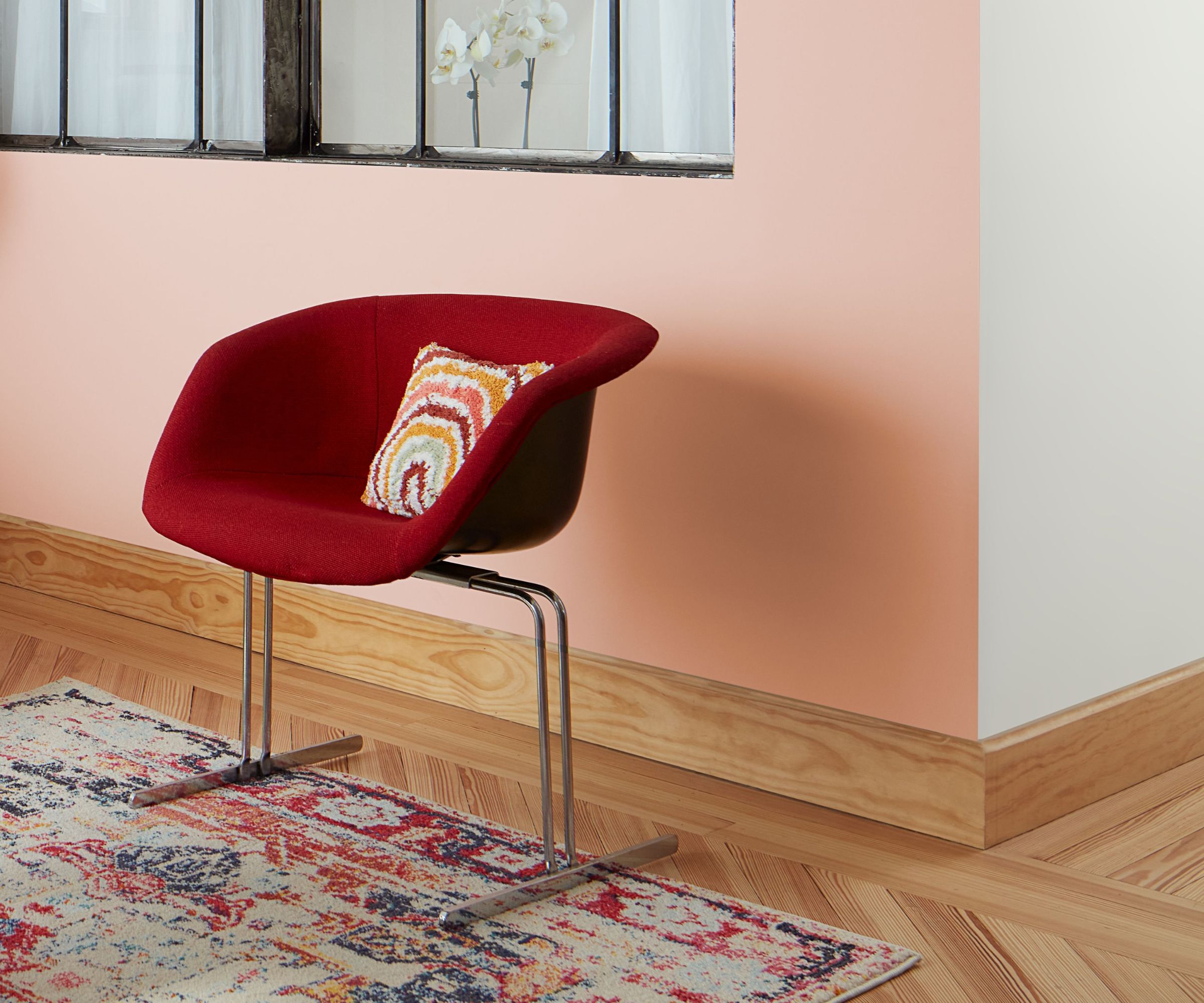
As interiors moved away from the heavy ornamentation of the Victorian era, the Arts & Crafts movement ushered in a love of honest materials and handcrafted simplicity. Skirting boards became less about grandeur and more about proportion, texture and balance.
"Arts & Crafts houses can take a simpler approach," says Scott Godfrey from Blackhammer. "Think clean, linear mouldings that highlight proportion without competing with other features." These profiles work best in natural finishes, such as oak, ash or reclaimed pine treated with oils that bring out the grain.
Thomas Goodwin, property expert at MyJobQuote.co.uk, adds that understated profiles such as ovolo or bullnose suit the modest detailing typical of these eras. "These designs offer soft curves and clean lines that echo the craftsmanship and restraint of the period," he says.
If your home leans more mid-century, opt for a slim, unfussy board with a rounded or chamfered edge to maintain the low-slung, architectural feel of the time. Natural materials still reign here, but you can experiment with painted finishes in muted, earthy tones to stay true to the palette of the 1950s and ’60s.
For those designing with sustainability in mind, Stuart Murray, founder of Retrovintage, suggests exploring renewable materials like cork or bamboo, or recycled composites finished in natural oils. These options nod to the handcrafted ethos of the Arts & Crafts era while feeling entirely modern in execution.

Thomas Goodman has worked as a property and construction expert for MyJobQuote for six years and has worked in the construction industry for over twenty years. Thomas continues to work on building projects, while also providing expert construction and property advice to industry professionals and DIY enthusiasts.

Stuart Murray is a leading expert on vintage, mid-century, and Danish furniture and design, with years of experience sourcing and restoring iconic pieces. As the owner of Retrovintage, he curates a carefully selected collection of timeless designs, combining history with modern interiors. Stuart regularly advises on interiors, restorations, and classic furniture.
Mid-Century Skirting Designs
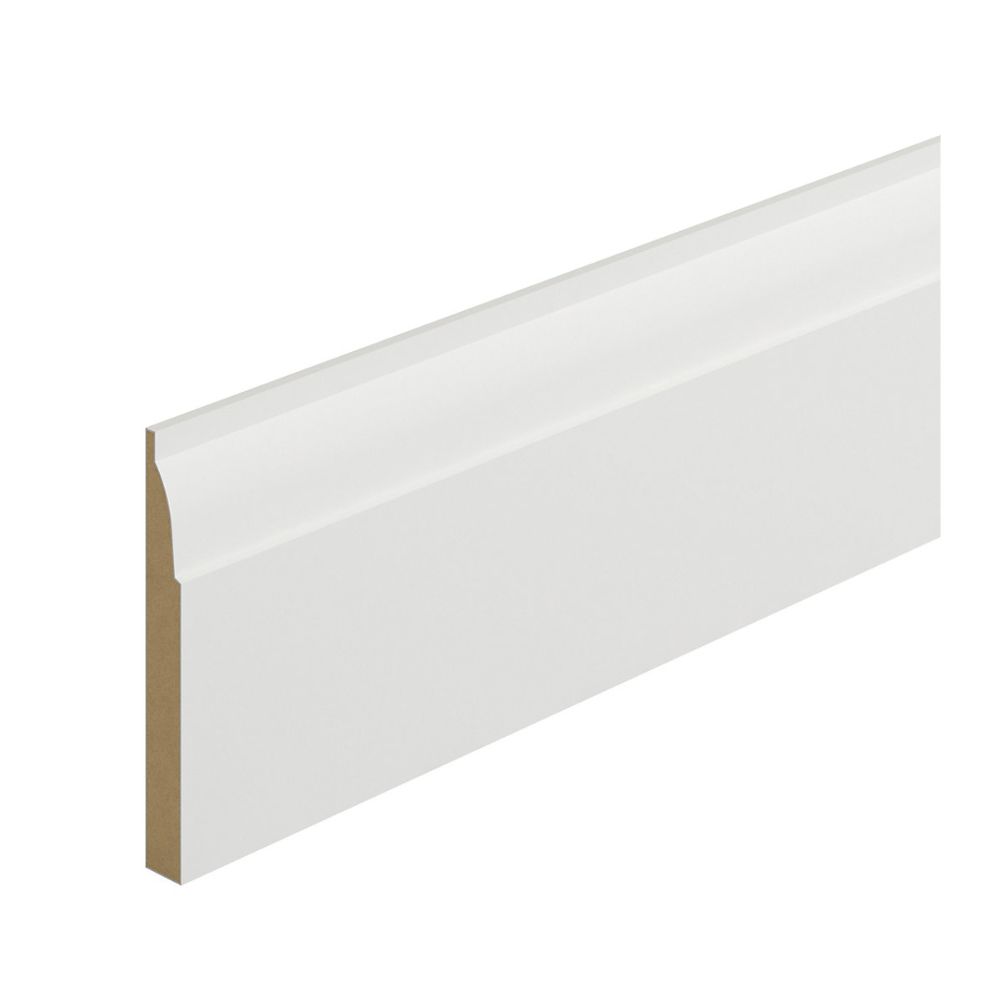
Primed with two coats of quality primer, this sleek ovolo design is ready for installation and painting.
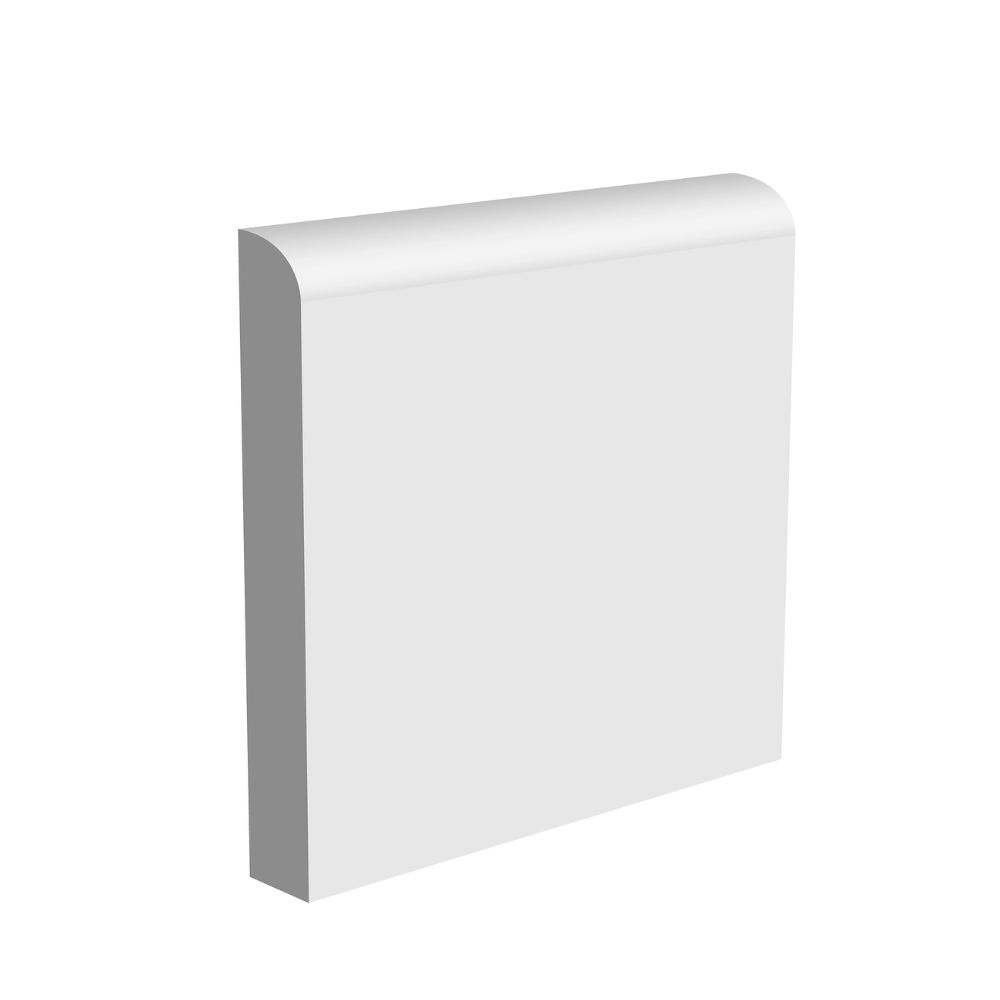
The Bullnose MDF Skirting Board follows a clean cut look with both inward and outer curves to give the board contrast.
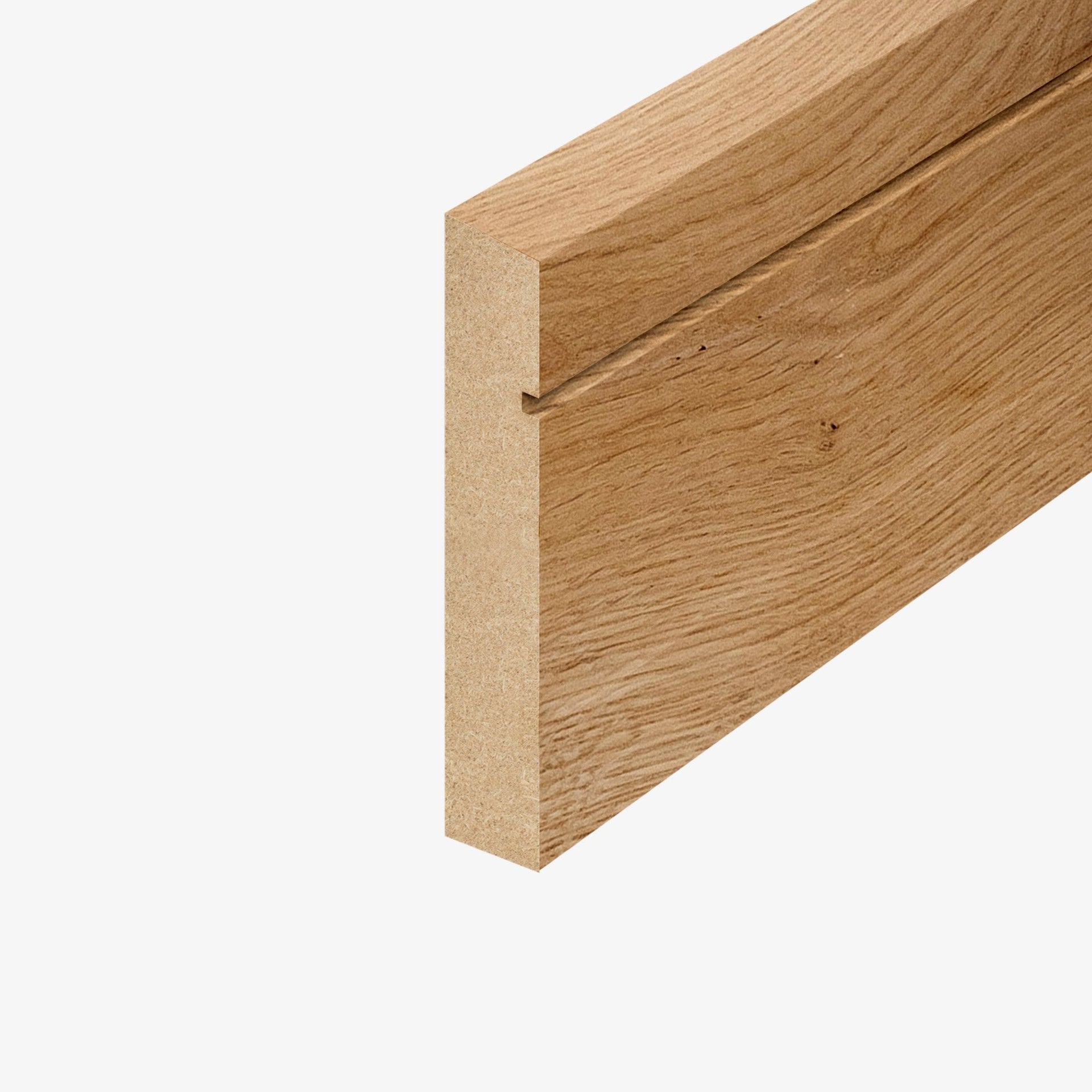
This oak-effect skirting board, with its clean lines and subtle groove detail, perfectly complements mid-century homes.
Modern and contemporary homes
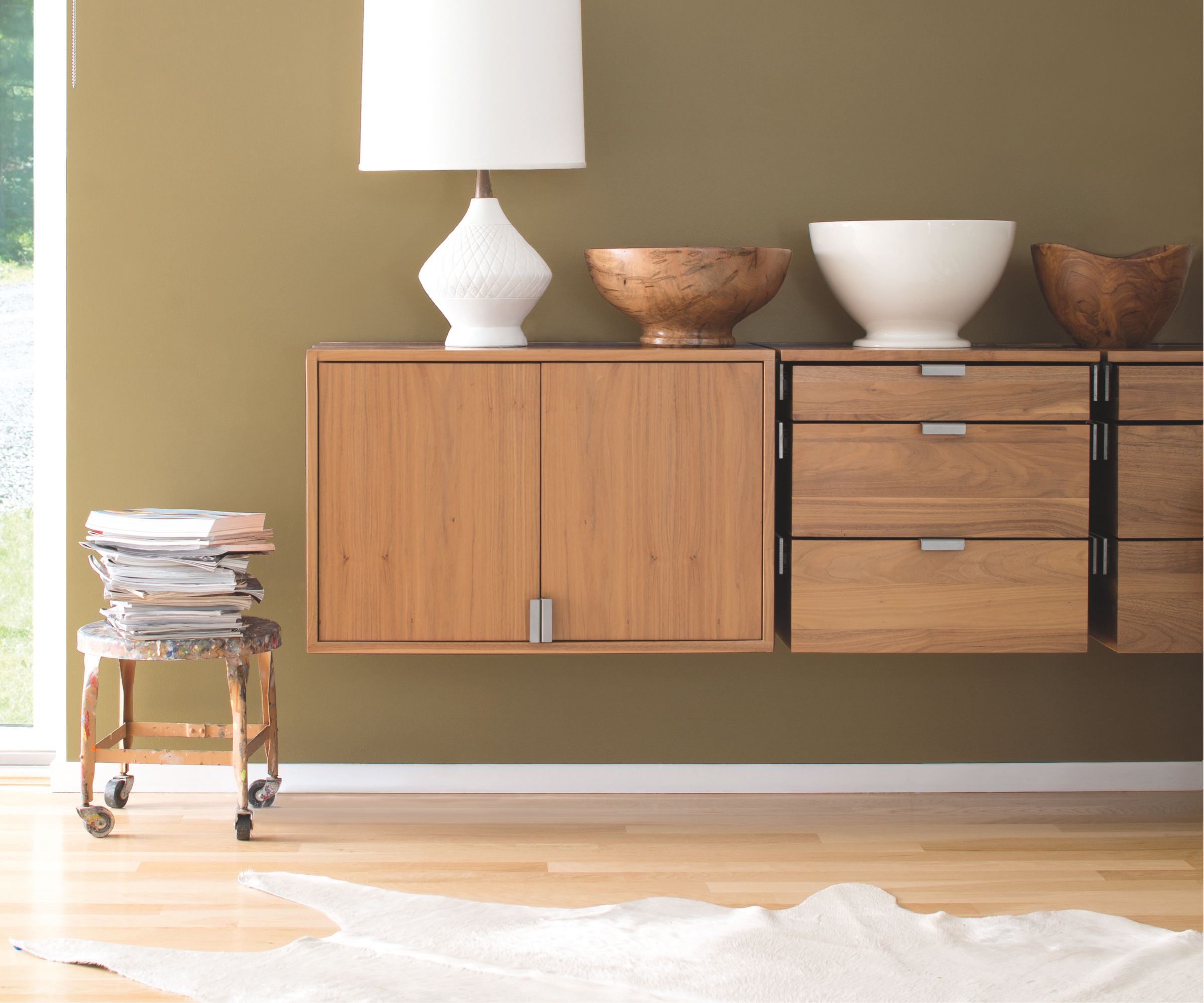
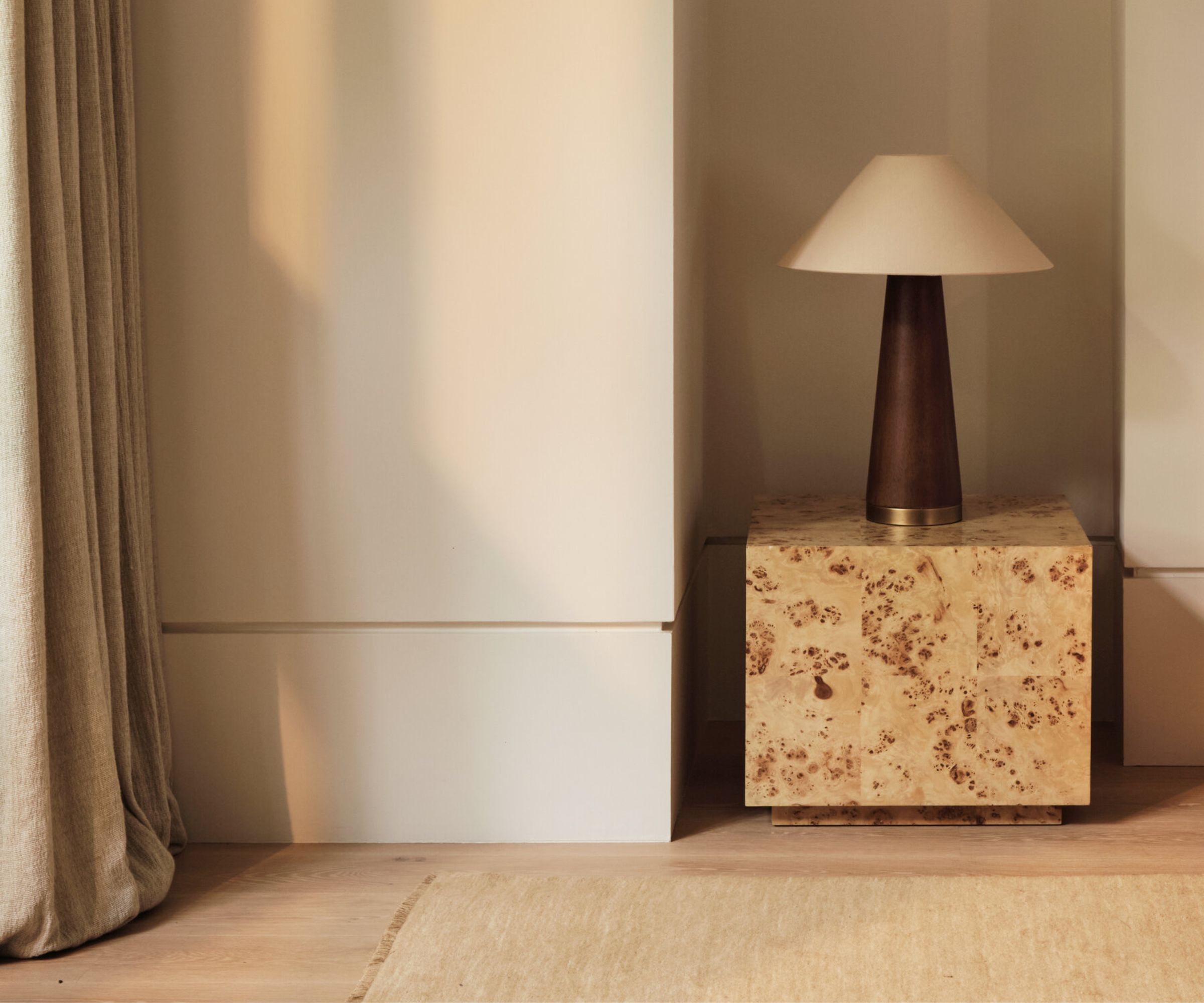
In contemporary interiors, the mantra is less is more. Skirting boards are pared right back, designed to blend seamlessly with the wall or disappear altogether. You’ll want to aim for a crisp, architectural look that keeps the focus on the materials and form of the space rather than the detailing. You may even consider skirting board alternatives to do away with these fixtures altogether.
“In modern homes, you can pare things right back,” says Scott Godfrey from Blackhammer. "Square-edged or chamfered skirting between 80 and 120mm gives a crisp outline that suits open-plan layouts and contemporary finishes. It keeps the look light and refined, avoiding being overly formal.”
For a truly minimalist finish, Gareth Davies recommends flush skirting boards that sit level with the plaster. “These profiles create that uninterrupted look that feels modern and spacious,” he explains. "They’re particularly effective in extensions, new builds and loft conversions where clean lines are part of the design brief."
Alternatively, shadow gap skirting is a modern design feature that can be used instead of a traditional bulky board to create a minimalist appearance. The effect is subtle but striking – a small, recessed line at the base of the wall that makes it appear to 'float'.
How to balance proportions and ceiling height
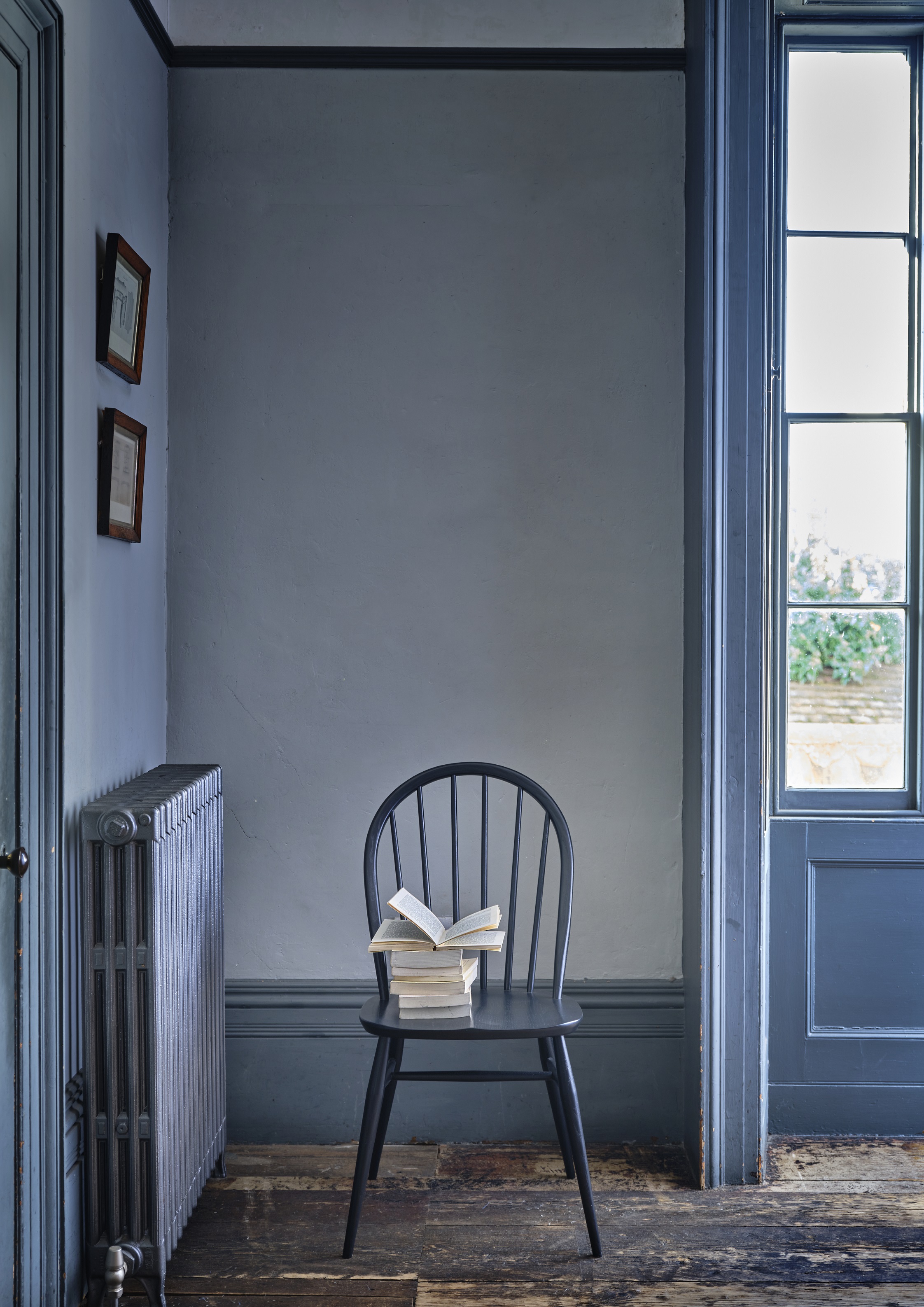
Whatever the age or style of your home, the proportion of your skirting boards can make or break the overall look. Too tall and they can overwhelm a small room; too short and they risk looking unfinished. Getting the balance right will inform how the eye reads the space.
“Taller skirting boards visually anchor high ceilings, giving a sense of structure, while narrower skirting stops smaller rooms from feeling boxed in,” explains Scott Godfrey.
A useful rule of thumb, adds Thomas Goodwin, is that the height of a skirting board should be roughly one eighteenth of the overall ceiling height. “In modern homes with an average ceiling height of 2.4 metres, the most common skirting size is around 119mm, but it can go as high as 144mm depending on the proportions of the room,” he adds.
Christian Ebbing, product manager at Parador, agrees that proportion plays a crucial role in maintaining harmony. “The height of a skirting board can alter the perception of space,” he says. “Higher boards add formality and grandeur; slimmer boards create a sense of openness and modernity. Matching proportions to ceiling height and window scale helps maintain visual balance.”
If in doubt, test it out. Buy a short length of your preferred profile and temporarily fix it to the wall to see how it feels in context. It’s a small step that can save you from choosing a design that looks perfect on paper but awkward in reality.
FAQs
Should you mix skirting board styles in the same house?
You can, but experts recommend treading carefully. Stick to a consistent profile shape and finish throughout communal areas, then adjust the height subtly in smaller rooms if needed. Maintaining visual balance across spaces is key to avoiding a disjointed look.
Can shadow-gap or flush skirting boards be retrofitted?
Not really. Flush skirting sits in a recess at the base of the wall, which is easier to plan into a new build or extension than to add later. Retrofitting these styles can be costly and messy, so they’re best considered early in the design stage.
Should skirting boards match the wall colour or contrast with it?
Both approaches can work beautifully. Matching tones create a seamless, contemporary feel, while contrasting colours frame the room and draw attention to architectural details. Gareth Davies from Classic Interiors recommends trying a deeper tone on the skirting to add subtle definition without overpowering the scheme.
If you’re renovating, you might be tempted to start removing skirting boards altogether, but it’s worth pausing before you do. In period homes, original skirting often carries character and proportion that’s difficult to replicate. Where possible, restore rather than replace. If the boards are beyond saving, consider skirting over skirting, a practical solution that avoids damaging old plasterwork.

Gabriella is an interiors journalist and has a wealth of experience creating interiors and renovation content. She was Homebuilding & Renovating's former Assistant Editor as well as the former Head of Solved at sister brand Homes & Gardens, where she wrote and edited content addressing key renovation, DIY and interior questions.
She’s spent the past decade crafting copy for interiors publications, award-winning architects, and leading UK homeware brands. She also served as the Content Manager for the ethical homeware brand Nkuku.
Gabriella is a DIY enthusiast and a lover of all things interior design. She has a particular passion for historic buildings and listed properties, and she is currently in the process of renovating a Grade II-listed Victorian coach house in the West Country.
